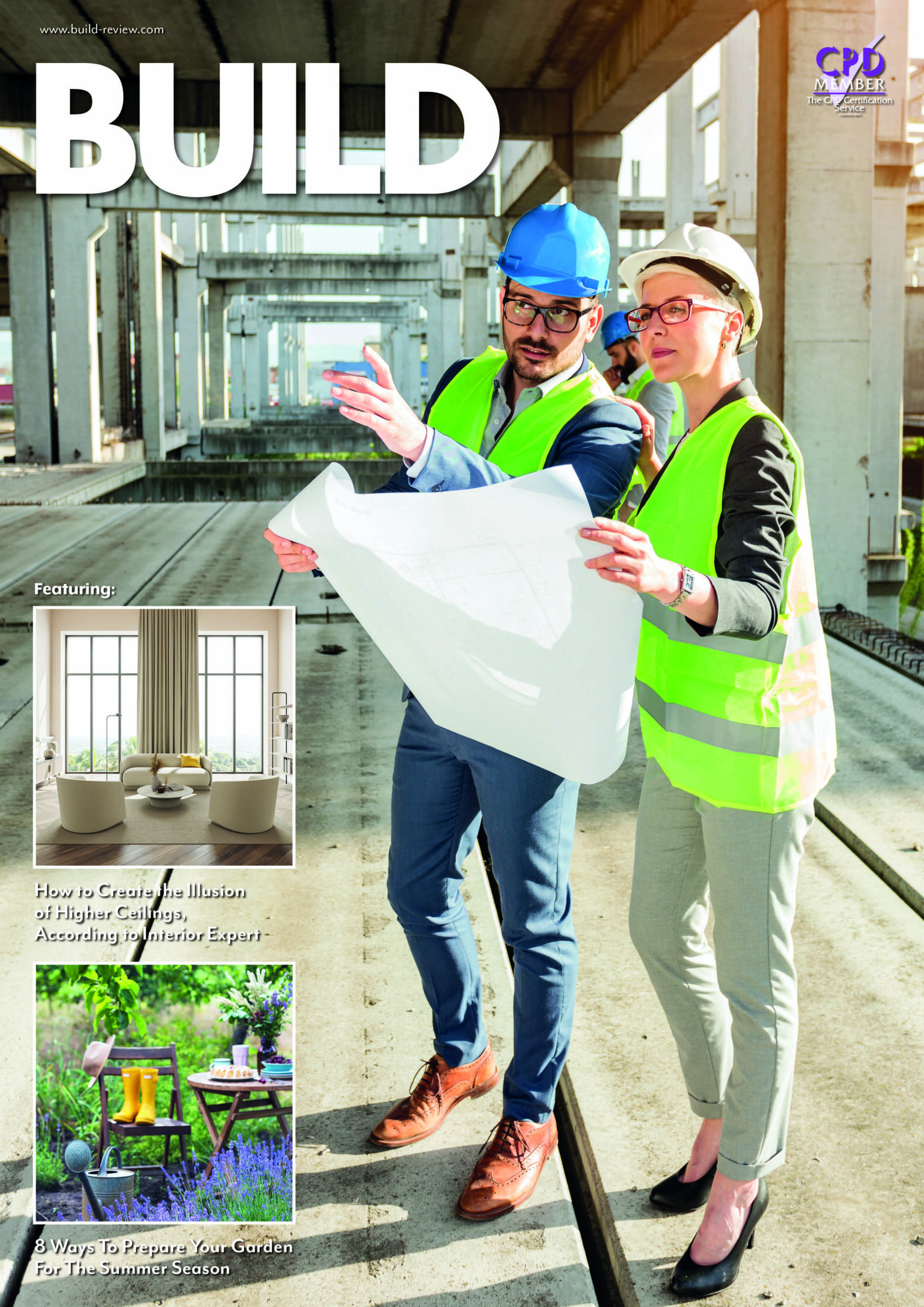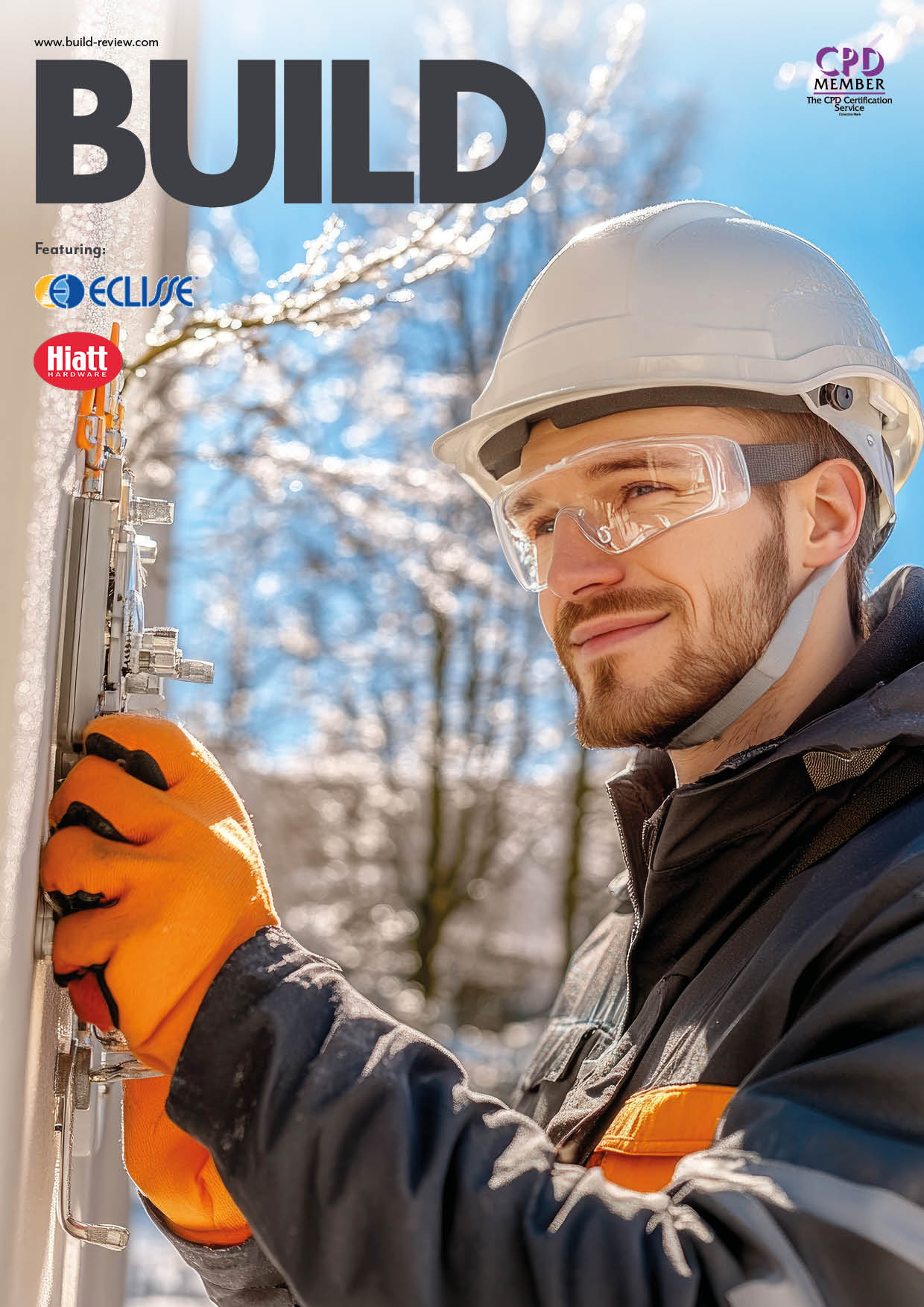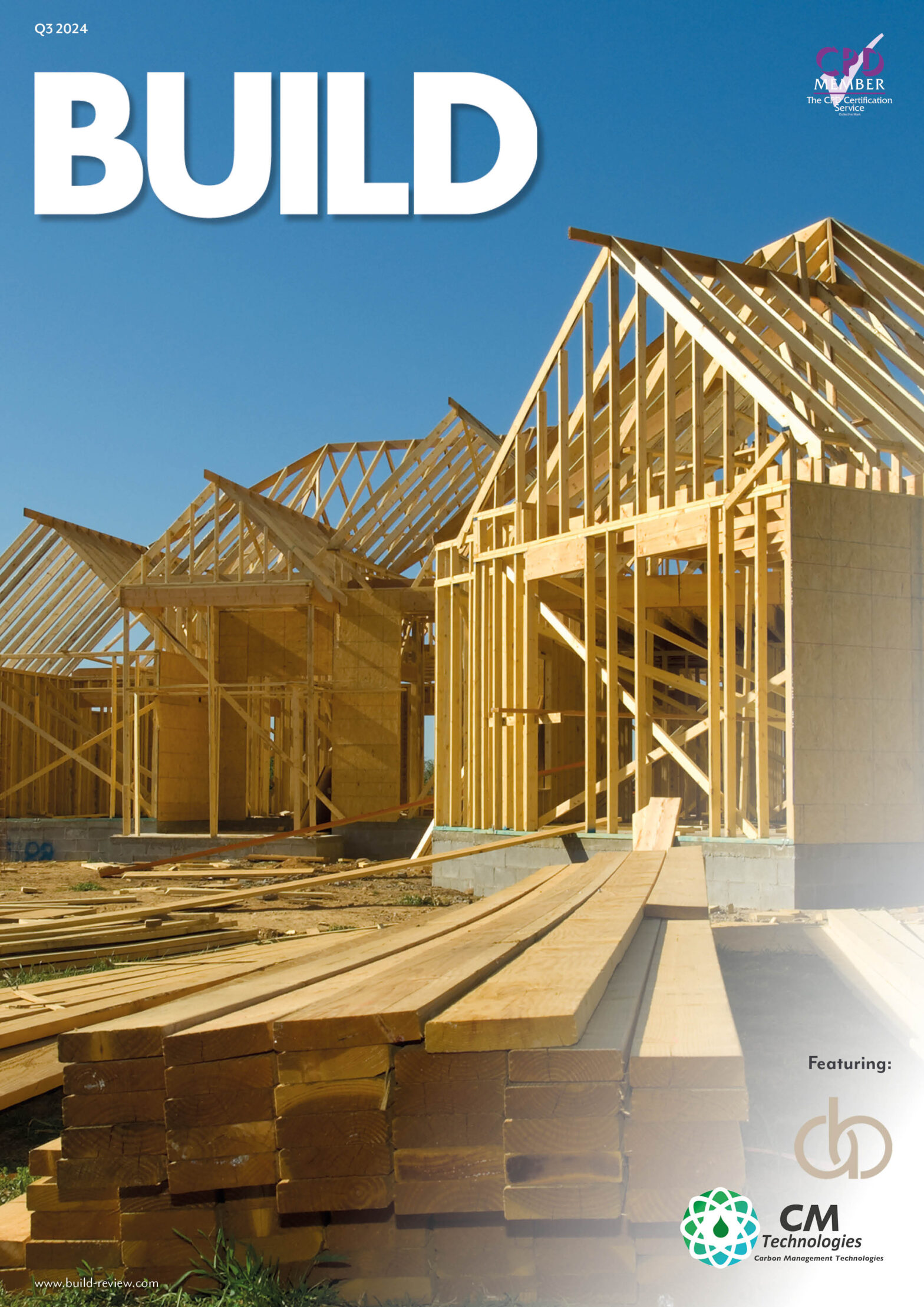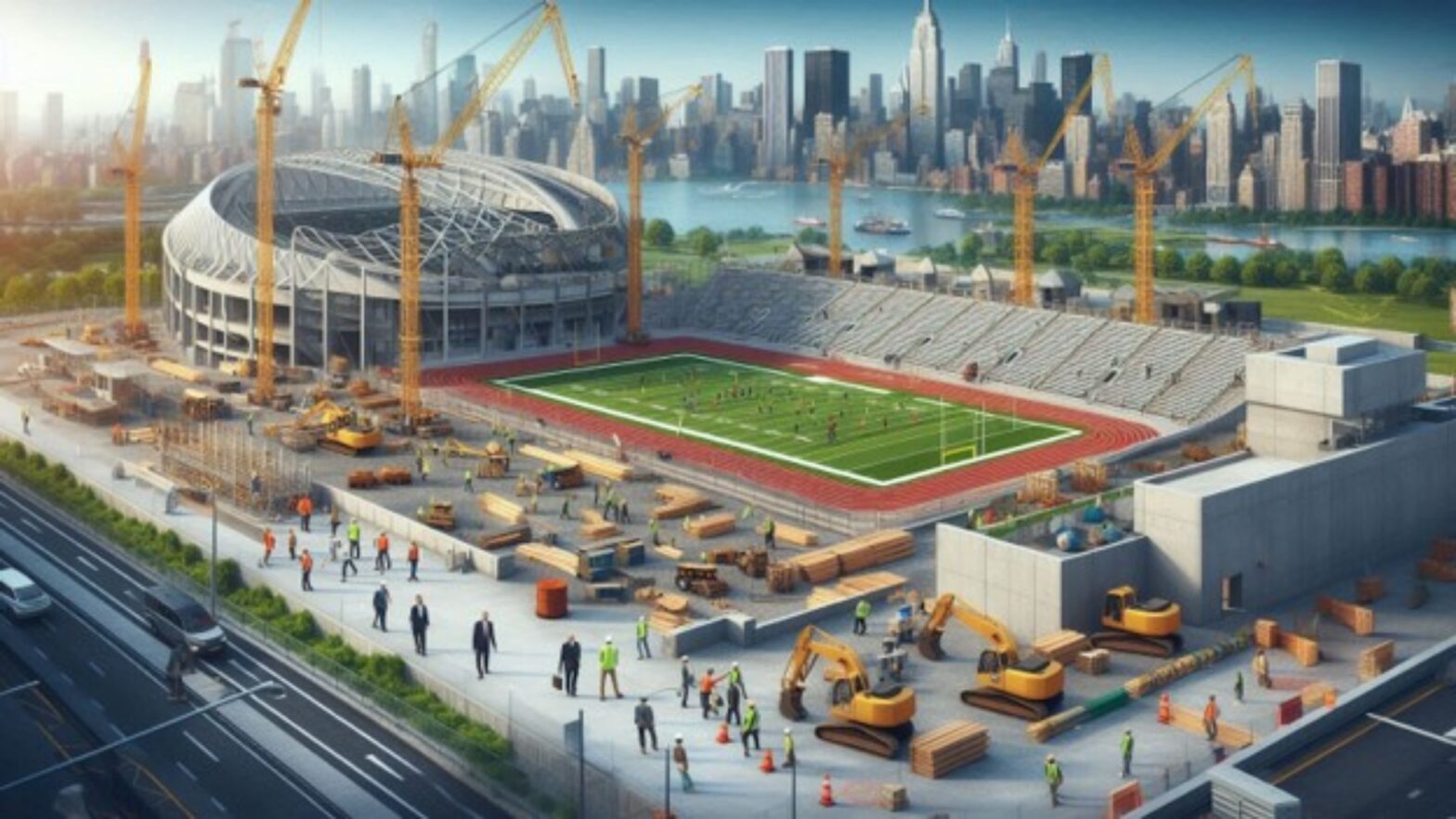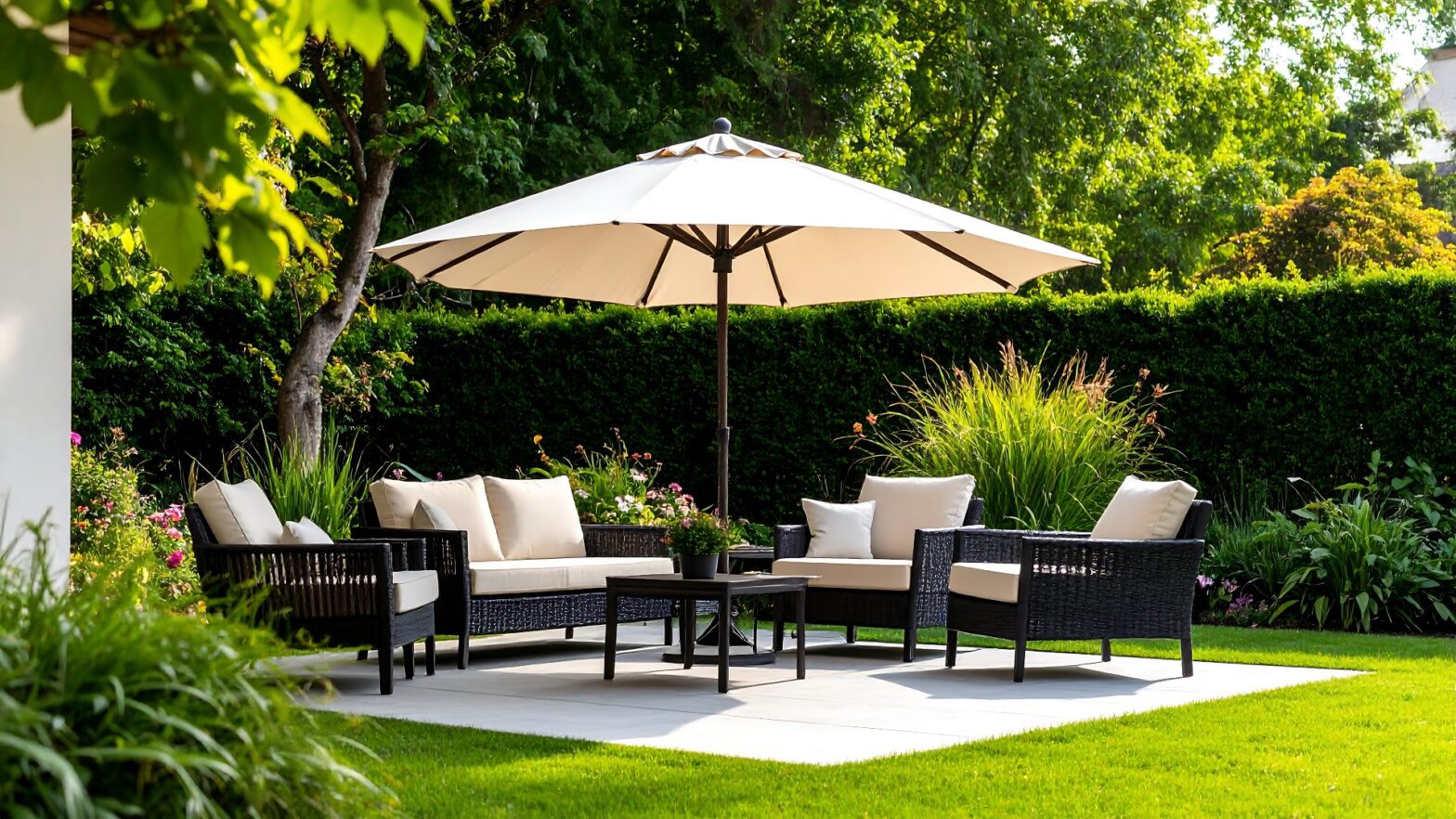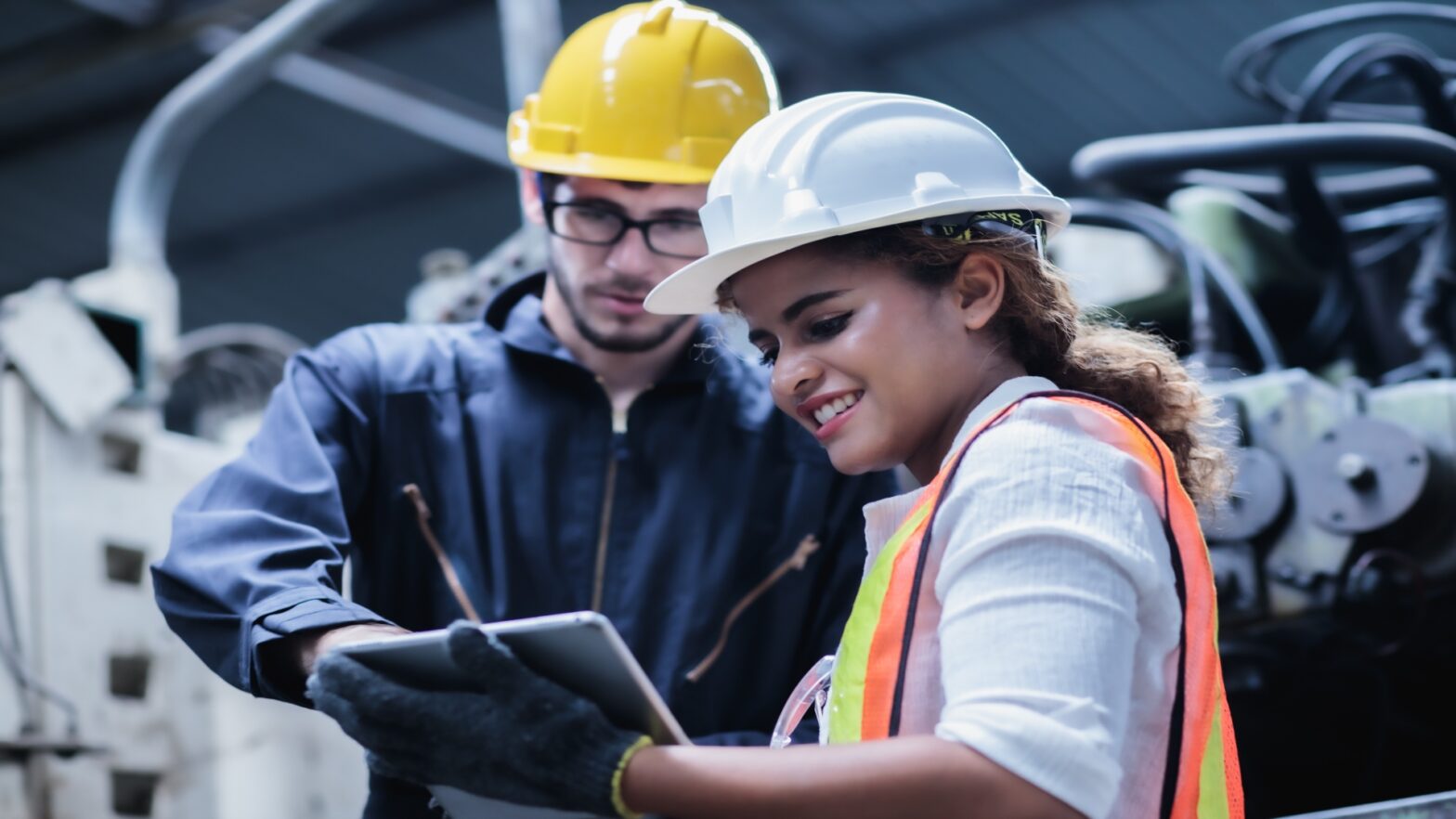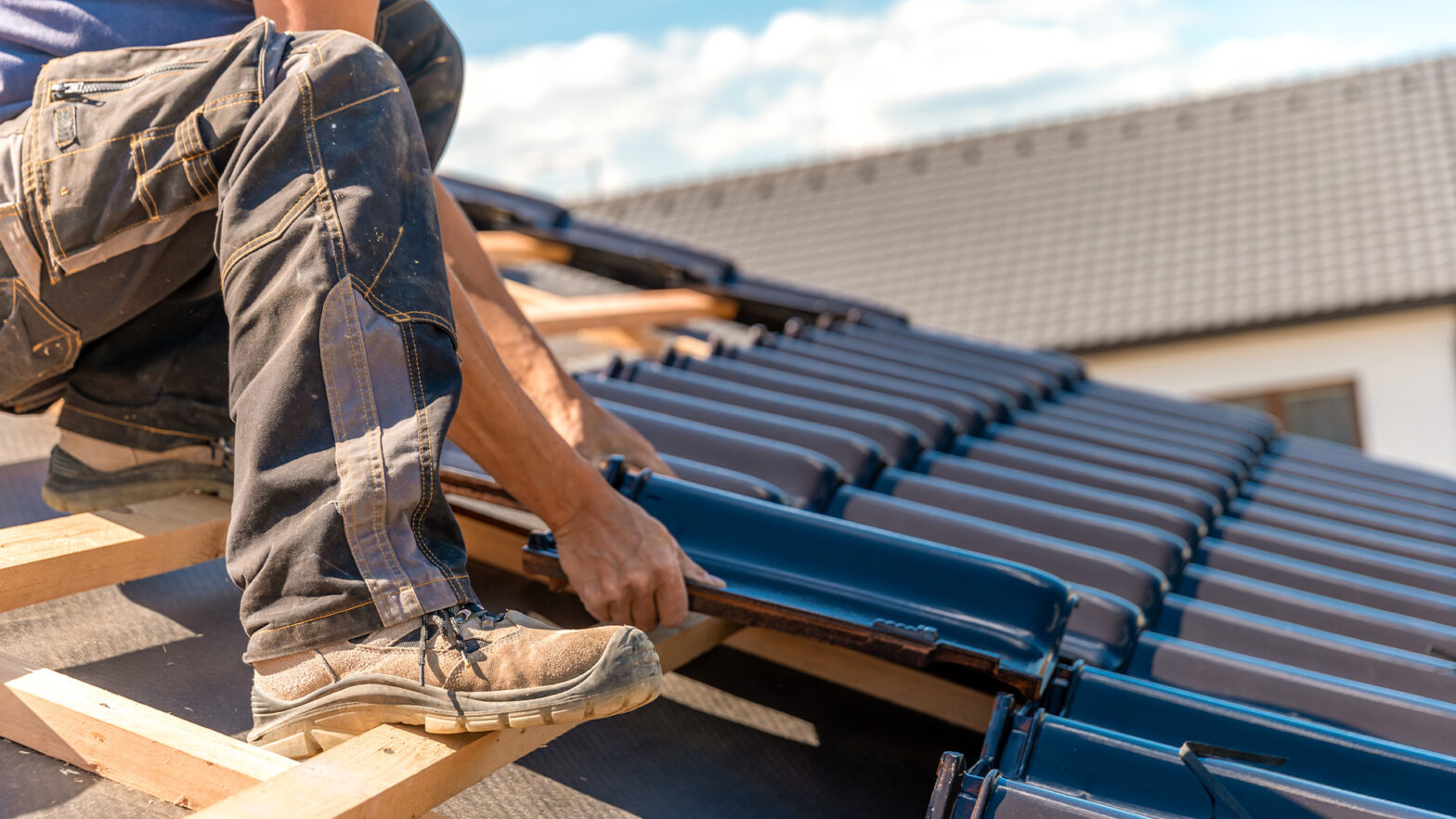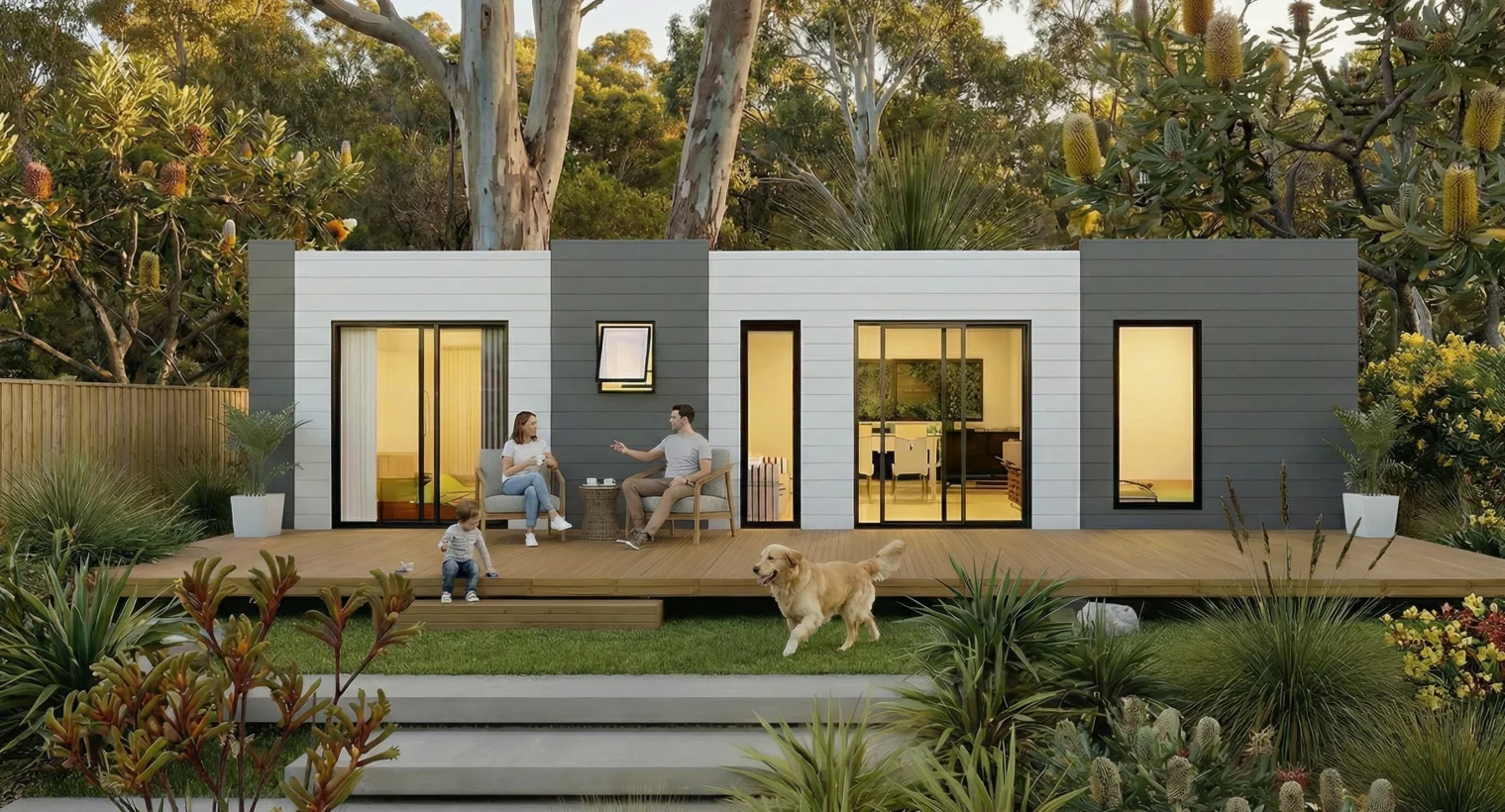Sustainability has surged in importance across industries over the years, reshaping how we build and operate. In construction, the movement towards greener practices is fast gaining traction.
And so it appears, athletic facilities are no exception. Their need to embrace sustainable methods to meet modern demands and environmental goals is prominent.
Essentially, using eco-friendly materials, reducing waste, and integrating energy-efficient designs can significantly impact both the planet and community well-being.
Alongside these approaches, let’s look at several ways sustainable practices can be incorporated into athletic facility construction for a more responsible future.
The Role of Green Certifications in Sports Facility Construction
First things first, understanding green certifications is crucial for anyone venturing into sustainable sports facility construction. These certifications, such as LEED or BREEAM, set stringent standards for energy efficiency, material use, and overall environmental impact.
Certified service providers are essential here. They specialize in eco-friendly athletic track design and ensure that every aspect meets these high benchmarks. Not only do these practices benefit the planet, but they also enhance athlete performance by providing healthier environments.
Utilizing Eco-Friendly Building Materials for Athletic Facilities
Whenever sustainability and construction are mentioned in the same sentence, the question of building materials should come to mind. How eco-friendly the building materials are automatically determines their impact on both the environment and long-term costs.
Consider these sustainable options, for instance:
- Recycled Steel: Ideal for structural elements, it reduces waste by repurposing existing metal.
- Bamboo Flooring: This rapidly renewable resource is durable and perfect for indoor courts.
- Cork Insulation: Provides excellent thermal properties while being biodegradable.
- Low-VOC Paints: Reduces harmful emissions, promoting healthier air quality within facilities.
Implementing Energy-Efficient Designs in Sports Complexes
Third in the list, let’s talk about energy-efficient designs. Modern sports complexes can significantly reduce their carbon footprint through thoughtful design choices.
LED lighting systems and advanced HVAC solutions are game-changers here. These not only cut down on energy use but also save on operational costs over time.
Moreover, integrating natural light via skylights and strategically placed windows reduces reliance on artificial lighting during daytime hours, creating a pleasant atmosphere for athletes and spectators alike.
Innovative Waste Reduction Methods During Construction
Another crucial element in building sustainable athletic facilities is waste reduction. Construction projects often generate significant debris, which impacts the environment.
By adopting modular construction techniques, we can minimize waste and streamline the building process. Prefabricated components are assembled on-site, reducing excess material usage.
Additionally, recycling construction debris like concrete and wood helps lower environmental impact. Embracing these practices ensures a more efficient build while contributing to overall sustainability goals in sports facility construction.
Integrating Renewable Energy Solutions in Facility Design
With the costs of energy soaring to record-breaking highs, integrating renewable energy solutions into facility design becomes essential. Solar panels on rooftops and nearby wind turbines can drastically cut utility expenses.
In addition to cost savings, these technologies significantly reduce the carbon footprint of athletic facilities. This makes them more sustainable and environmentally friendly.
Battery storage systems ensure that renewable energy is available even when sunlight or wind isn’t. Incorporating such advanced solutions aligns with both financial prudence and a commitment to green building practices.
Benefits of Sustainable Water Management Systems in Athletic Buildings
Last but not least, there’s this precious commodity, a chemical of life that can’t be overlooked in sustainable construction–Water! Implementing sustainable water management systems in athletic buildings offers numerous advantages.
The various benefits include:
- Reduced Consumption: Rainwater harvesting and low-flow fixtures drastically cut water usage.
- Cost Savings: Efficient water systems lower utility bills over time.
- Enhanced Facility Image: Eco-friendly practices boost the facility’s reputation among eco-conscious users.
- Regulatory Compliance: Staying ahead with green standards helps avoid fines and compliance issues.
For a typical example, rainwater harvesting systems collect runoff from rooftops to use for irrigation and toilet flushing. This reduces dependency on municipal water supplies. Embracing these water-conserving practices ensures both environmental responsibility and operational efficiency.
Final Thoughts
Building sustainable athletic facilities benefits everyone – from the environment to athletes and communities. Embracing eco-friendly practices, we create spaces that are efficient and responsible. These innovative approaches ensure long-term success, proving that sustainability isn’t just a trend but the future of construction.


